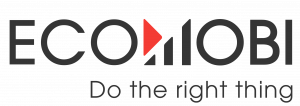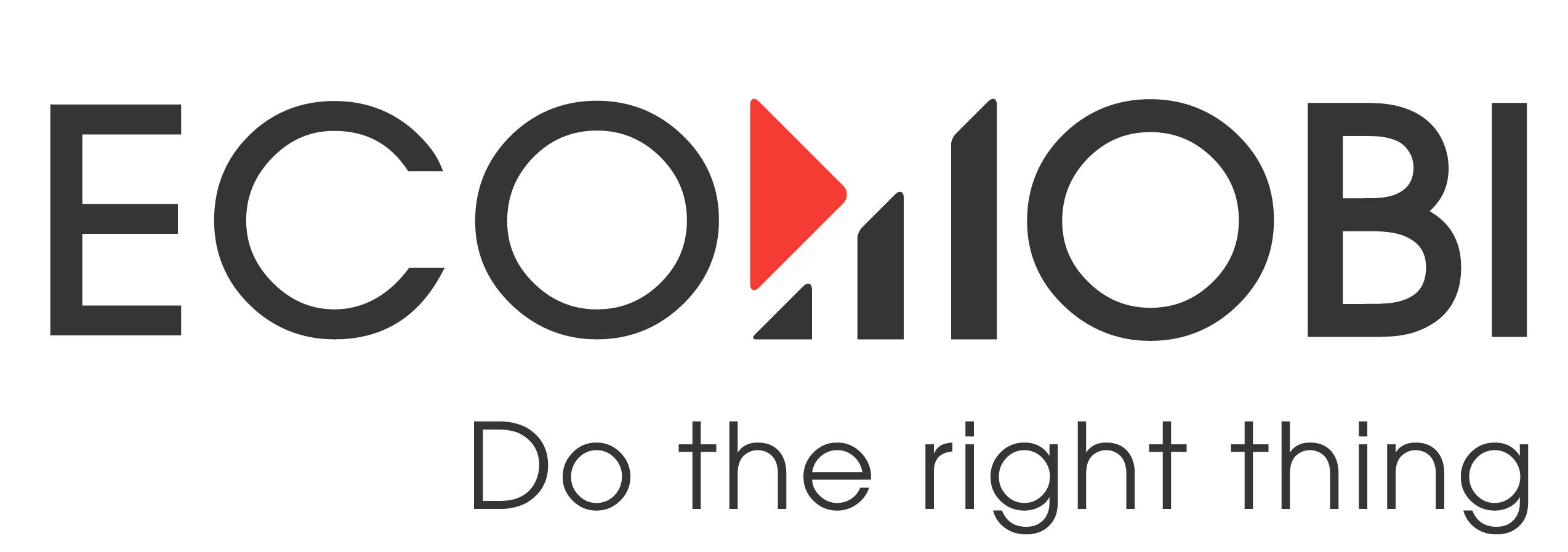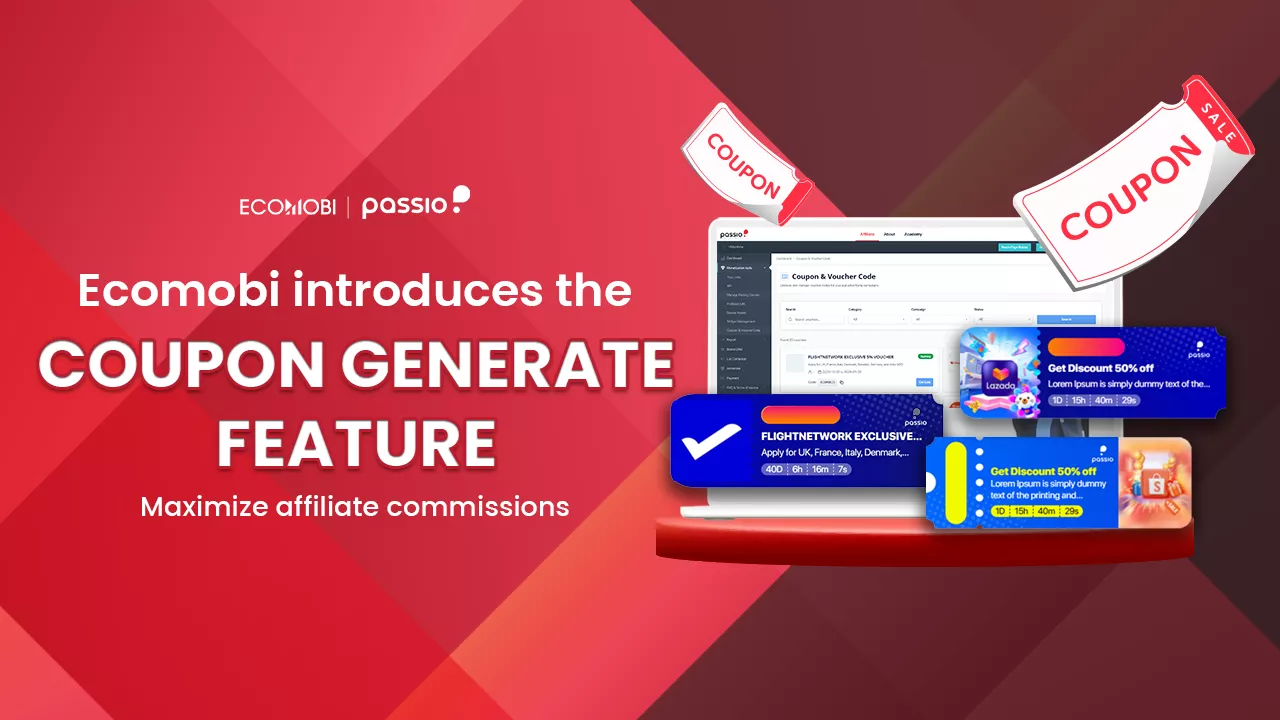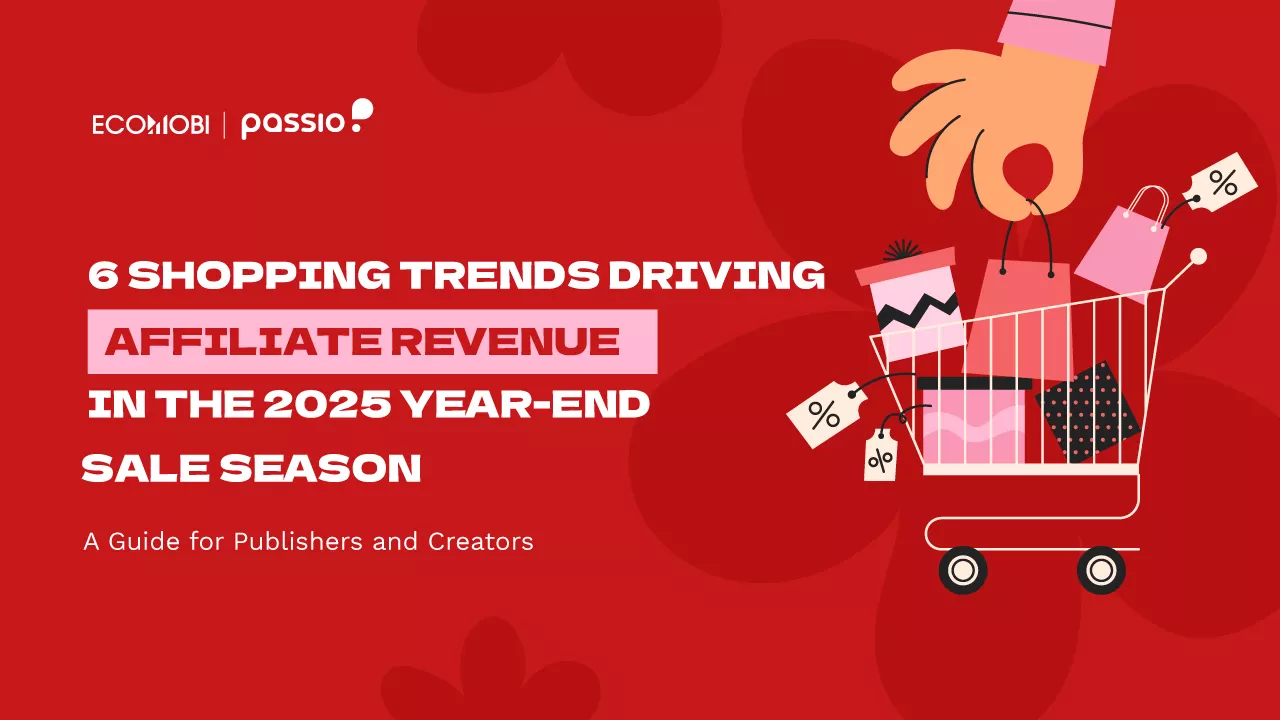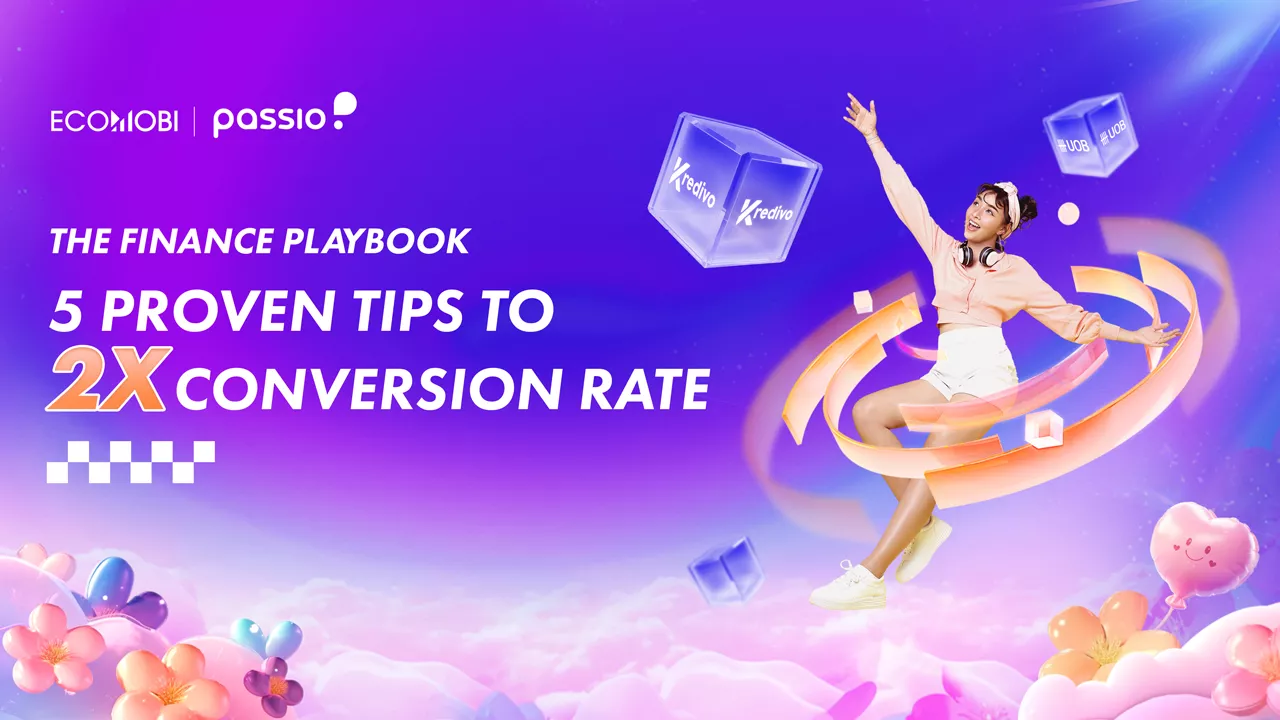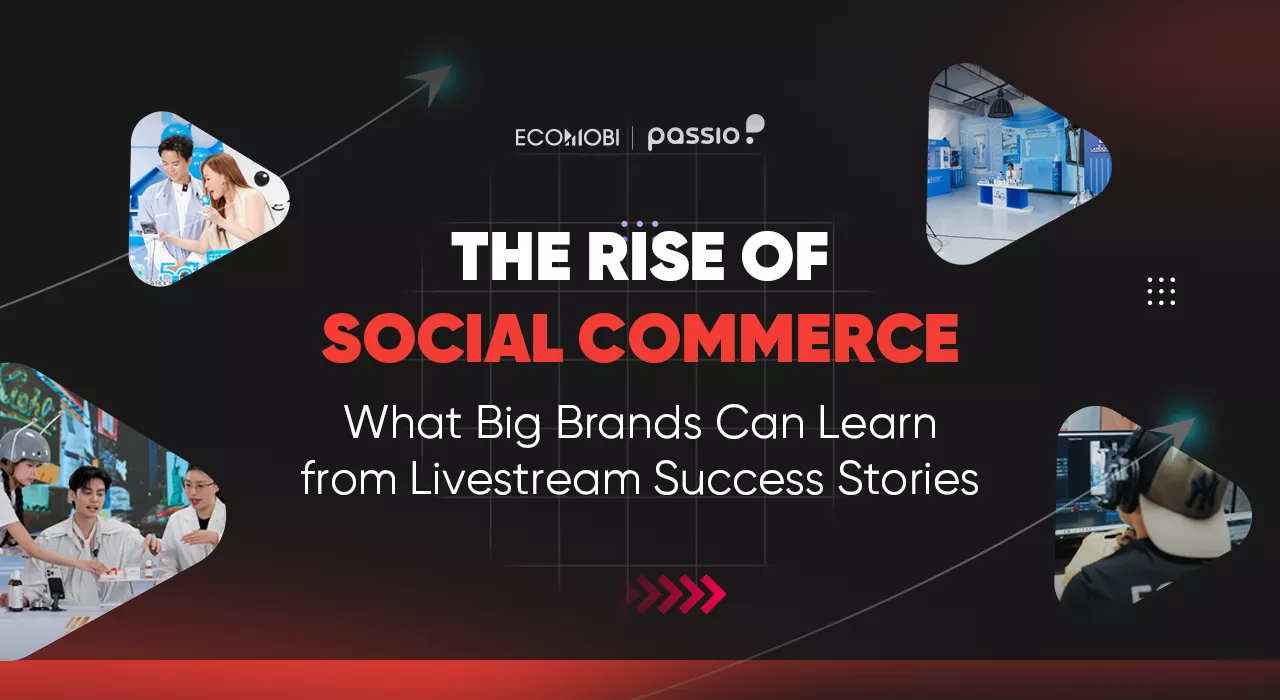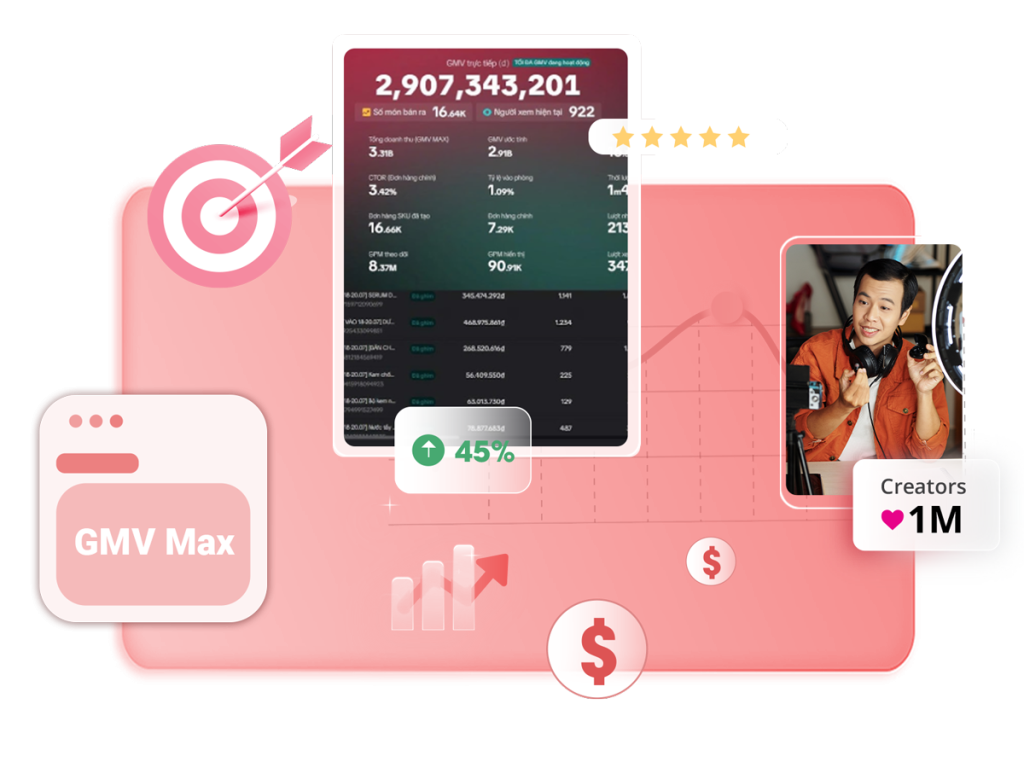Influencer Marketing campaign is not only a trend but also a “secret weapon” to help businesses break through in the digital age. But how to design a methodical process, and avoid wasting resources while still ensuring success beyond expectations? Let’s find the right answer with Ecomobi in the article below!
What is Influencer Marketing?
Influencer Marketing is a marketing strategy that uses the influence of individuals (Influencers) to convey brand messages through social media platforms, video content, blogs, or other media channels. Thanks to the trust and commitment of the following community, influencers can guide the purchasing decisions of a specific audience.

In the Philippines, Influencer Marketing has become a vital component of digital strategies for brands and marketers. Recent data highlights this trend:
- Budget Allocation: A significant number of marketers are dedicating portions of their budgets to Influencer Marketing campaigns. In 2024, the annual expenditure on influencer marketing in the Philippines was approximately $93.79 million, reflecting the country’s embrace of Influence marketing strategy.
- Consumer Trust: Filipino consumers exhibit a strong trust in influencer recommendations. Notably, 70% of teenage YouTube subscribers trust influencer opinions over traditional celebrities. Additionally, 86% of women turn to social networks before making a purchase, indicating the significant role influencers play in shaping purchasing decisions.
- Purchase Behavior: A substantial portion of consumers are influenced by social media references when making purchasing decisions. Specifically, 71% of consumers are more likely to make a purchase based on a social media reference, underscoring the effectiveness of influencer partnerships in driving sales.

Distinguishing between Influencer and Celebrity
| Criteria | Influencer | Celebrity |
| Origin | Recognized for knowledge, creative content or expertise in a particular field. | Famous through mass media, entertainment, sports or arts. |
| Influence | Focus on a specific niche, e.g. mom and baby, beauty. | Has a wide influence, and often has little direct interaction with fans. |
| Working platform | Mainly on social media (Instagram, TikTok, YouTube). | Traditional media such as TV, newspapers, or movies. |
| Trustworthiness | Highly regarded for authenticity and personal connection. | Often more symbolic than intimate. |
| Collaboration fee | Usually lower, suitable for both small and medium-sized businesses. | Higher partnership costs, usually only suitable for large campaigns |
For example:
- Influencer: A beauty blogger like Huda Kattan, the founder of Huda Beauty, is often invited by cosmetic brands to promote their products because the content she creates resonates with young women passionate about beauty.
- Celebrity: A global star like Taylor Swift is chosen by big brands like Coca-Cola or Apple as a representative face because of her wide appeal and influence across diverse audiences.
Read more: The difference between KOL and KOC: 5 important factors to be an Influencer
Classification of Influencers
Influencers can be categorized based on their industry and expertise. However, the most common way to group influencers is based on the number of followers.
- Nano-influencer: 1,000 – 10,000 followers.
- Micro-influencer: 10,000 – 50,000 followers.
- Mid-tier influencers: 50,000 – 500,000 followers.
- Macro-influencer: 500,000 – 1,000,000 followers.
- Mega-influencer: over 1,000,000 followers.
Steps to deploy an effective Influencer Marketing campaign
Step 1: Make a plan
To launch an effective Influencer Marketing campaign, the important first step is to outline an overall plan, and then move on to building specific details.
Brand context and needs analysis
Campaign Brief includes product or service information, market context, campaign objectives, target audience, key ideas, and messages to convey. To get a Campaign, you need to research the following issues:
- Current status: Brand recognition, market competitiveness, customer connection.
- Budget: Financial capacity will decide whether to cooperate with Nano, Micro, or Macro Influencers.
- Competitors: Learn from the successful campaigns of competitors, and at the same time find opportunities to differentiate.
- Understand the portrait of ideal customers: Age, gender, income, consumption habits, interests, and platforms they use (TikTok, Instagram, Facebook).
This is an important step when implementing an Influencer Marketing campaign. The more clearly the customer portrait is defined (customer insight), the more the brand can come up with appropriate strategies and approaches and especially will decide on choosing the right Influencer in the next step.

What content should an Influencer Brief contain?
An Influencer Brief is typically divided into three main sections:
What: This section defines the tasks the Influencer needs to complete, including the type of content they need to create, the main topic, or specific requirements related to the product, service, or brand message.
How: This section focuses on how the Influencer should present the content: writing style, illustrations, tone of voice, or the specific media channel they need to use (Instagram, TikTok, YouTube, etc.).
Influencer KPIs: This is the core part of an Influencer Marketing campaign to determine the measurable goals of the campaign. Influencer KPIs are typically built on the communication goals from the Campaign Brief and include two groups:
- Output: Specific requirements that the Influencer needs to complete such as number of posts, posting schedule, required content in the post (hashtag, brand tag, link) or number of events (if any)
- Outcome: Expected results from the campaign such as reach, number of interactions (Like, Share, Comment), specific actions such as downloading the app, leaving contact information, or participating in the promotion.
Note for brands: When creating an Influencer Brief, brands need to ensure that KPIs are clear, specific, and aligned with campaign goals. This helps Influencers understand expectations and create quality content that both meets brand needs and attracts target customers.
How to set specific goals (SMART Goals)
Before starting any marketing campaign, defining the main goal is the most important thing. The more specific and detailed the goal is, the more practical the implementation steps will be and support the implementation of an effective Influencer Marketing campaign. The SMART model is the most popular and widely applied today. SMART helps us to specify the goal, avoiding ambiguity when we look back or need to convey it to the team.
- Specific: Instead of “increase brand awareness”, the goal would be to “increase page followers to 10,000 in 2 months”.
- Measurable: Tracked through KPIs such as video views, engagement rate, click-through rate, revenue from purchases through influencer affiliate links, etc.
- Achievable: If the budget is limited, do not set sales growth goals too high but focus on intermediate indicators such as reaching potential customers.
- Relevant: The goal should be closely linked to the brand’s overall campaign.
- Time-bound: Set a clear time limit, for example “in the first quarter of 2024”.
For example:
- A fashion startup ran a campaign to increase Instagram sales by 15% in 3 months. The strategy was to collaborate with 10 Micro-Influencers with a suitable dressing style to create “mix & match” content and measure by tracking the number of clicks on the purchase link and using a personalized discount code for each Influencer.
- A clean food startup ran a marketing campaign, including collaborating with influencers who specialize in creating content about cuisine or healthy lifestyles. The goal was to sell 1,000 orders within 3 months.

Step 2: Choose Influencer
Choosing the right Influencer for your goals and budget is the most important thing to create a successful Influencer Marketing campaign. To achieve optimal efficiency, please refer to the following criteria:
Suitable for the target audience
Make sure the Influencer has a following that matches the demographics (age, gender, geographic area) and interests of your target audience. For example, if you sell beauty products to young women, beauty bloggers with followers between 18 and 30 years old would be ideal.
Influencer has a fit with the brand image
Influencers need to have a personal image, lifestyle, and values that are consistent with the brand. This helps the message to be conveyed naturally and trustworthy. For example, an organic food brand should collaborate with Influencers who have a healthy lifestyle, care about health, and protect the environment.
Content Relevance
The content created by the Influencer should be consistent with your brand and campaign messaging. Consider the quality of their previous posts: do they reflect the values you want to convey? Creative but inconsistent content can detract from the integrity of your Influencer Marketing campaign.
Additional factors to optimize Influencer selection
Performance Metrics: In addition to follower count, pay attention to engagement rate. An influencer with 10,000 followers but a high engagement rate can be much more effective than an influencer with 100,000 followers but little engagement.
How to estimate the engagement rate
- Method 1: (Total number of likes + Total number of comments) / Total number of followers * 100
- Method 2: (Total number of likes + Total number of comments + Total number of shares) / Total number of followers * 100
In addition, you can estimate the average engagement rate of an account by following these steps:
- Go to the profile and click on “Likes” to see the total number of likes and the total number of videos posted.
- Take Total Likes / Total Number of Videos to calculate the average level of liking each video.
- Take this result and divide it by the total number of followers, then *100 to get the percentage
Check for authenticity: Make sure the Influencer’s following doesn’t include fake followers. Tools like HypeAuditor or Social Blade can help analyze this.
Budget and role: Consider the cost of partnering with Influencers (as classified above) based on the value they bring.
Step 3. Design message and content
There needs to be consistency in the brand message and style of the Influencer. Co-creation is the process where the brand and the Influencer work together to create unique content, adjusting the brand message to match the personal style and characteristics of the Influencer’s follower group.
Brands need to do the following when implementing an Influencer Marketing campaign:
- Set up a list of Influencers and specific roles for each person (in case there are many people)
- Main topics and messages: Allocate each message to each Influencer to ensure that the content is not repeated but still aims at the common goal.
- Specific content format: Clearly define formats such as videos, photo sets, articles, livestreams, etc. depending on the characteristics of each platform and audience group.
- Implementation time: Schedule each step in detail: from submitting content for review, and editing, to the official posting time.
- Influencer’s personal style: Respect the creativity and individual style of the Influencer, but still ensure that they comply with the basic requirements of the message and brand value.

Step 4. Implement an Influencer Marketing campaign
This process needs to ensure smooth coordination between the brand and Influencer, focusing on two main channels: Online and Offline.
- Online content distribution channels: Influencers often use social networks such as Facebook, Instagram, TikTok, and YouTube. In addition, they can exploit forums, personal blogs, or their websites to reach a diverse customer base.
- Offline content distribution channels: Brand events (influencers participate in talk shows, and product launches), product photography, community activities, etc.
During this process, the brand needs to provide regulations and guidelines for Influencers to ensure the distributed content meets standards.
- Engagement guidelines: Rules for how to respond to questions and handle negative feedback from followers.
- Content shaping: Clearly define language, style, and visual boundaries to maintain brand consistency.
- Confidentiality commitment: Obligation to not disclose strategic information or sensitive data during the collaboration.
Step 5: Monitor and measure effectiveness
After an Influencer Marketing campaign, it is important to measure the results. Use specific metrics to evaluate:
Evaluate Output: Verify Progress
Output represents specific and tangible results, including the amount of content created, approved, and posted by Influencers. Tracking Output focuses on:
- Content production and posting schedule: Ensure that posts, videos, or images are delivered as originally agreed, both in terms of quantity and timing (this is to assess whether the influencer is following the terms of the contract)
- Support tools: You can use campaign management platforms such as Sprinklr, and CreatorIQ, or combine with a third party (agencies or Influencer Booking services) to track and monitor.
- Compare with the original plan: Compare the implemented content with the planned content to identify points that need timely adjustment.

Outcome Evaluation: Engagement and Spread
Outcome measures the effectiveness of published content, focusing primarily on primary impacts such as awareness, engagement, and audience behavior. Key aspects include:
- Brand Awareness: Based on the number of views, likes, shares, and comments that the content has achieved.
- Audience Engagement: A detailed breakdown of the demographics, interests, and behaviors of the people participating in the discussion.
- Earned Media vs. Paid Media Ratio: Compare organic reach and engagement with results from paid advertising to assess the organic reach of the campaign.
- Sentiment and Keyword Analysis: Use tools like Google Analytics or Hootsuite Insights to uncover sentiment (positive, negative, neutral) and popular keywords in the conversation surrounding the content.
Optimize your Influencer Marketing campaign with professional services from Ecomobi
For many businesses, executing an entire Influencer Marketing campaign on their own can be a huge challenge:
- Difficulty in choosing the right Influencer
- Lack of tools and processes to accurately assess ROI from Influencer Marketing campaigns
- Manage and track content, issues arise.
- Unoptimized costs: businesses may have difficulty negotiating contracts, leading to exceeding budgets but not achieving results.
Understanding the difficulties that businesses face, Ecomobi Booking Influencer provides the optimal solution from A to Z. With an extensive data system, advanced technology, and market understanding, Ecomobi helps you easily choose the Influencer that best suits your Influencer Marketing campaign goals and budget, from increasing brand awareness to boosting sales. In particular, Ecomobi’s optimization process and team of experts ensure that every step of implementation is smooth, effective, and measurable.
Contact us, Ecomobi:
– Fanpage: https://www.facebook.com/ecomobi.ssp
– Instagram: https://www.instagram.com/ecomobi_ssp
– Tiktok: https://www.tiktok.com/@ecomobipassiovietnam
– Email: info@localhost
